After largely ignoring photography over the past decades, Taiwan’s galleries, museums and art fairs are duly making up for lost time.
The Museum of Contemporary Art, Taipei (MOCA, Taipei) steps into the picture with New Generation Photographers of Taiwan (台灣新世代攝影), a group show that presents the work of 13 “up-and-coming talents.” According to the exhibition introduction, the show attempts to reveal the “perspective of the new era, which goes beyond the traditional and conservative notion of photography held by past generations.”
Who are the old fuddy-duddy photographers that the museum’s blurb refers to? Perhaps Chang Tsai (張才), honored with a retrospective at the Taipei Fine Arts Museum last year? Or, closer to our “era,” Magnum photographer Chang Chien-chi (張乾琦)? It doesn’t say. In any event, this is MOCA’s first group show devoted purely to Taiwanese photographers (last year’s four-person exhibit at the Zhongshan MRT excluded), and it’s perhaps telling that it is shown in its Studio gallery rather than in the museum’s main exhibit space.
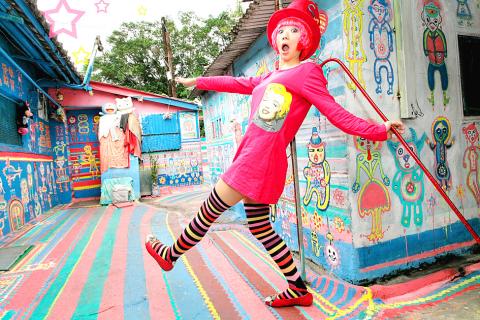
Photo courtesy of MOCA, Taipei
Still, curator Suan Hooi-wah (全會華), who runs the Taiwan International Visual Art Center, a gallery devoted to photography, has put together a fine exhibit — though the variety of work on display makes a coherent theme practically impossible. The show does, however, offer a panoramic perspective of what preoccupies this “new generation” of photographers: landscapes, people and art. Sound familiar? It should. And many of the photographers give explicit reference to what has come before.
Every section comes with an artist statement, succinct in style, as a guide for the viewer. Take Sim Chang (張哲榕): He uses “the power of pink to turn this world into an amusement park full of happiness and joy.” He’s not kidding. These cutesy photographs, many shot at theme parks, depict a doll-like woman dressed in a garish pink skirt and yellow rubber boots. Think waipai (outside photography, 外拍), popularized during the Japanese colonial era and revised over the past five years as amateur photographers and would-be models hit Taiwan’s most scenic locations.
Though Feng Chun-lan (馮君藍) whimsically dubs himself a “foolish sinner,” his monochrome portraits — a man holding an oil lamp or a pouting boy staring melancholically at the viewer — are anything but whimsical. Feng, a pastor at the Taiwan Chinese Rhenish Church (台灣中華基督教禮賢會), employs the precepts of Christian anthropology to create “spiritual portraits” that are, in this reviewer’s opinion, the show’s best because of their haunting psychological depictions of their subjects.
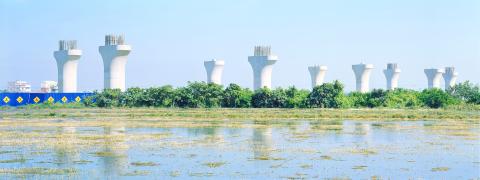
Photo courtesy of MOCA, Taipei
There are also some works evoking particular art styles, such as Deng Bo-ren’s (鄧博仁) delightfully amateurish collage works that comment on fashion and consumerism, and Chou Chih-lung’s (周志龍) surreal bedroom scenes. Elaine Lee’s (李宣儀) multiple-exposure color photographs, without digital manipulation, were inspired by the “atmospheric impressions” of 19th century paintings. For this reviewer, however, they are expressionist renderings at best, reminiscent of Zao Wou-ki’s (趙無極) late-1960s autumnal paintings.
But for the most part, Taiwan’s changing landscapes and cityscapes serve as the exhibit’s focal point. At first glance, Chung Shun-lung’s (鍾順龍) pictures of concrete columns (the kind used to construct freeways) look like drab photos taken by an engineer. Twenty minutes later, however, our party of three was still discussing the images’ techniques and topography.
Chung’s photos delineate the disjunction between past and present, the pillars disappearing into the horizon of some partially constructed future. The photos hint at the ongoing process of industrialization, its pristine white pillars rising up from the rice fields of Taiwan’s rapidly disappearing agricultural society.
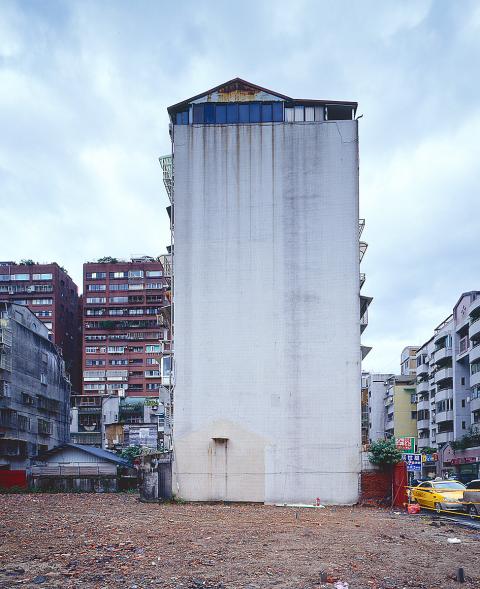
Photo courtesy of MOCA, Taipei
Taiwan’s ongoing development is similarly addressed by Chang Hsiao-chen (張小成). His images capture the manner in which a torn down structure imprints itself on the facade of other buildings that remain standing: the muddy silhouette of a small shack or the exposed brick outline of a demolished building. For Chang Hsiao-chen, the walls of a standing building serve as a metaphor for a headstone, the imprint its epitaph.
There is much else to see here that is worthwhile and this reviewer looks forward to future photography exhibits by Taiwan’s artists at MOCA. And, dare I say, in its main gallery space. There are plenty of subjects to draw on: portraiture from World War II to the present, or buildings ranging from pre-Japanese colonial era hovels to the phallic Taipei 101. As this exhibit reveals — along with shows at many other venues over the past two years — Taiwan certainly isn’t lacking in photographers who can depict the present with an eye on the past.
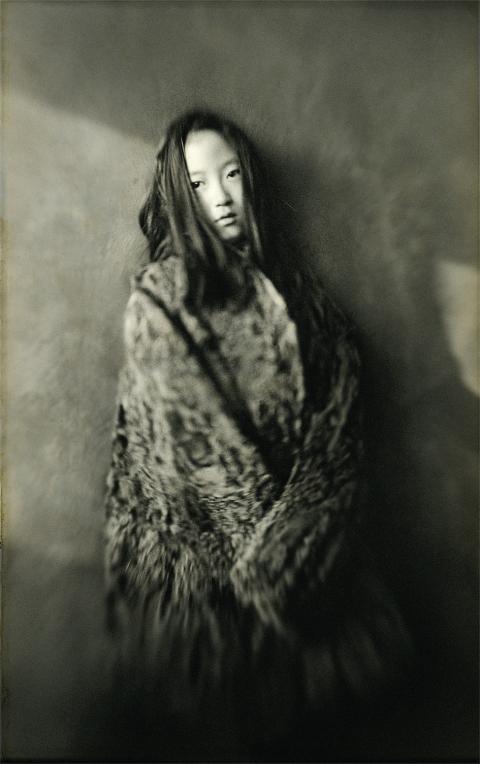
Photo courtesy of MOCA, Taipei
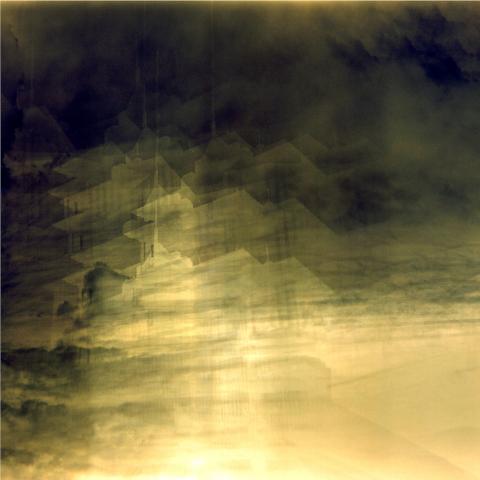
Photo courtesy of MOCA, Taipei

In the March 9 edition of the Taipei Times a piece by Ninon Godefroy ran with the headine “The quiet, gentle rhythm of Taiwan.” It started with the line “Taiwan is a small, humble place. There is no Eiffel Tower, no pyramids — no singular attraction that draws the world’s attention.” I laughed out loud at that. This was out of no disrespect for the author or the piece, which made some interesting analogies and good points about how both Din Tai Fung’s and Taiwan Semiconductor Manufacturing Co’s (TSMC, 台積電) meticulous attention to detail and quality are not quite up to

April 21 to April 27 Hsieh Er’s (謝娥) political fortunes were rising fast after she got out of jail and joined the Chinese Nationalist Party (KMT) in December 1945. Not only did she hold key positions in various committees, she was elected the only woman on the Taipei City Council and headed to Nanjing in 1946 as the sole Taiwanese female representative to the National Constituent Assembly. With the support of first lady Soong May-ling (宋美齡), she started the Taipei Women’s Association and Taiwan Provincial Women’s Association, where she

It is one of the more remarkable facts of Taiwan history that it was never occupied or claimed by any of the numerous kingdoms of southern China — Han or otherwise — that lay just across the water from it. None of their brilliant ministers ever discovered that Taiwan was a “core interest” of the state whose annexation was “inevitable.” As Paul Kua notes in an excellent monograph laying out how the Portuguese gave Taiwan the name “Formosa,” the first Europeans to express an interest in occupying Taiwan were the Spanish. Tonio Andrade in his seminal work, How Taiwan Became Chinese,

Mongolian influencer Anudari Daarya looks effortlessly glamorous and carefree in her social media posts — but the classically trained pianist’s road to acceptance as a transgender artist has been anything but easy. She is one of a growing number of Mongolian LGBTQ youth challenging stereotypes and fighting for acceptance through media representation in the socially conservative country. LGBTQ Mongolians often hide their identities from their employers and colleagues for fear of discrimination, with a survey by the non-profit LGBT Centre Mongolia showing that only 20 percent of people felt comfortable coming out at work. Daarya, 25, said she has faced discrimination since she